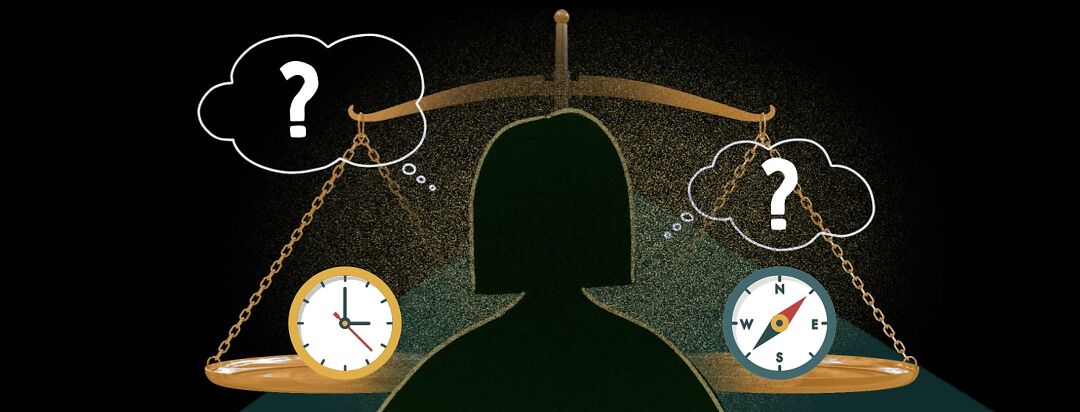Navigating Life Decisions with SMA
A few weeks ago, I went in for my routine pulmonary checkup. These appointments happen every six to twelve months because of my spinal muscular atrophy type 2 (SMA) and the restrictive lung disease that comes with it. Right now, my current lung function rests at about 22%-25%. Usually, it’s a quick visit. We review my non-invasive ventilator (NIV) data for sleep apnea, make sure everything’s functioning well, and I’m back to my day. This time, however, the conversation took a different turn.
What would I do if treatments fail
Before I left, my doctor asked a question that caught me off guard. He wanted to know what I’d prefer if my body started to fail. Would I want to be trached and placed on a full-time ventilator? Or would I rather let nature take its course?
At that moment, though, I didn’t know how to respond. It wasn’t a question I had anticipated, and my doctor didn’t expect an answer right away. He simply wanted me to start thinking about it to make sure I had a plan in place. And, of course, having a plan is important. But I still don’t know what I’d want to happen if I ever find myself in that position.
Worried about what might come
I spent the rest of that day trapped in my thoughts, wishing I didn’t have to consider the possibility of needing a trach and ventilator to keep me alive. Adjusting to life with a sleep apnea machine was already tough on my mental health. Now, the thought of being faced with an even bigger decision weighed heavily on me.
This was a new doctor whom is still trying to get to know me so I understood him wanting me to think about something like this and having it marked on my chart. He assured me that I am currently nowhere near needing a trach and that this was simply just a question to keep in the back of my mind for way down the road.
Having to mature too early
I’m approaching thirty, and instead of thinking about typical milestones—like planning a wedding, focusing on my career, or maybe even becoming a mother—I have to contemplate life and death. Deciding whether to fight to live with a trach or let nature run its course is an incredibly difficult choice. It’s terrifying, but this is the reality of living with SMA. We often have to confront these kinds of decisions far earlier than most.
It’s unfair. Because of SMA, I’ve had to mature mentally at a pace much faster than my peers. At just ten years old, I faced major spinal surgery when my spine began to collapse. Many children with SMA have to endure these frightening and mentally draining situations while still grappling with everyday struggles. For me, growing up with SMA meant that I was forced to navigate challenges far beyond what my peers ever experienced as well as normal typical childhood growing pains.
Different challenges from most thirty-year-ols
By thirty, most people are dreaming about their future—planning vacations, finding love, building their careers, or deciding what direction their life will take. But for me, the focus has shifted. I’m forced to weigh life-or-death scenarios and consider how I’d want them to play out. That’s a reality that’s difficult to come to terms with, and it’s a burden that’s unique to those living with SMA.
It’s not easy, but I believe these challenges shape who we are. People with SMA have a mental toughness that comes from navigating the harsh realities this condition presents. While no one should have to face these kinds of decisions so young, there’s a certain resilience that comes from enduring it all. SMA throws countless obstacles our way, but we keep moving forward. We learn to handle the weight of those challenges—even when the weight feels unbearable.

Join the conversation